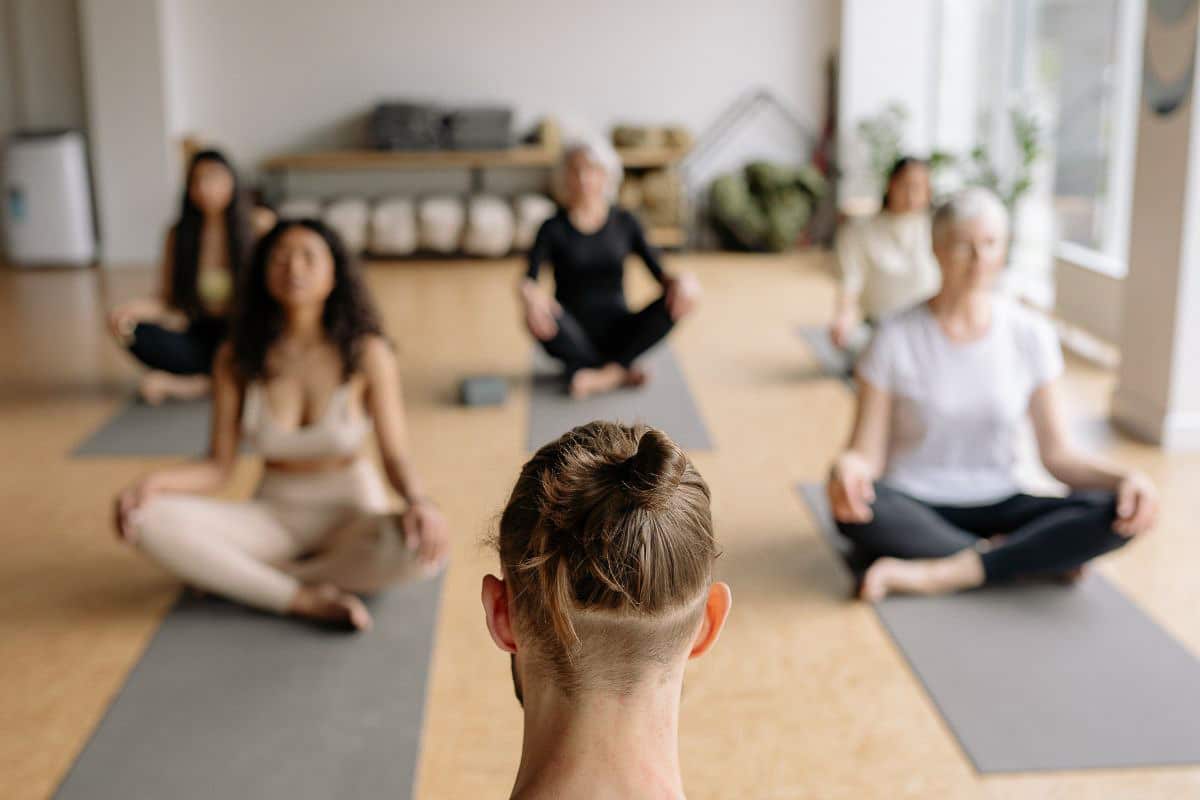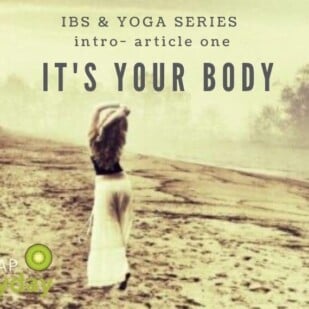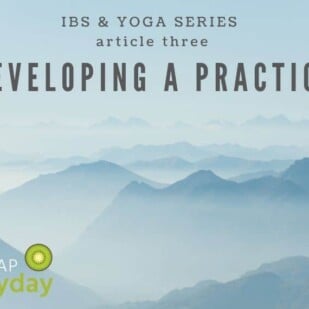In recent years, yoga has become a staple in many fitness and wellness communities around the globe. Its benefits for physical health and mental well-being are well-documented, leading to its incorporation into various settings, including educational institutions. However, this practice has not been met without controversy, particularly from some Christian groups who express discomfort with yoga being taught in schools. This article delves into the reasons behind such concerns and explores the broader implications for school curriculums.
Understanding the Roots of Yoga

Yoga is an ancient practice with its origins in India, deeply rooted in spiritual and philosophical traditions. It encompasses a broad range of physical exercises, meditation, and practices aimed at achieving harmony between the mind, body, and spirit. The spiritual aspect of yoga is often linked to Hinduism and Buddhism, which is where the discomfort for some Christians begins.
The Intersection of Yoga and Education

As yoga made its way into Western culture, it has often been secularized, focusing primarily on the physical aspects of the practice, such as flexibility, balance, and strength. Schools have adopted yoga programs to promote physical activity, reduce stress among students, and enhance concentration. However, the question arises: can the spiritual roots of yoga be completely separated from its physical practice?
Concerns from Christian Perspectives

For some Christians, the answer is no. They argue that the spiritual elements of yoga are inextricably linked to its physical movements and that introducing it in schools may inadvertently expose children to non-Christian religious practices. They fear that this could be confusing for young minds, especially when the teachings may conflict with Christian doctrines.
The Debate Over Religious Neutrality

The crux of the issue lies in the principle of religious neutrality in public schools. The First Amendment of the U.S. Constitution ensures the separation of church and state, which includes public education. Some Christians argue that by allowing yoga, which may have religious connotations, schools are not upholding this principle.
Legal Challenges and School Responses

There have been legal challenges where parents have sued school districts for incorporating yoga into the curriculum, claiming it promotes religious beliefs. In response, many schools have taken steps to ensure that their programs are purely secular, focusing on the health and wellness benefits of yoga, and avoiding any spiritual language or symbolism.
Finding Common Ground

Despite the controversies, there is potential for common ground. Some educators and yoga instructors have worked to develop programs that are sensitive to these concerns, emphasizing the physical health benefits while steering clear of spiritual terminology. This approach aims to respect the diverse beliefs of all students while still providing the advantages of yoga practice.
The Importance of Inclusivity in Education

The debate over yoga in schools highlights the broader challenge of creating an inclusive educational environment. Schools have a responsibility to respect the diverse religious beliefs of their students while also providing a comprehensive education that includes physical health and well-being.
Navigating Cultural Sensitivities

In addressing the concerns of Christian groups, it is crucial for schools to navigate cultural sensitivities with care. This involves engaging with parents and community leaders, understanding their concerns, and finding solutions that align with educational goals without compromising anyone’s beliefs.
The Role of Parental Choice

Parental choice plays a significant role in this debate. Schools that offer yoga as part of their curriculum often provide alternatives for students who opt-out due to personal or religious reasons. This ensures that no student is forced to participate in an activity that conflicts with their beliefs.
Educational Autonomy and Respect for Diversity

The autonomy of educational institutions to design their curriculums must be balanced with respect for diversity. Schools must strive to create programs that are inclusive and considerate of the pluralistic society they serve.
Looking Ahead: The Future of Yoga in Schools

As society continues to evolve, the conversation around yoga in schools is likely to continue. It presents an opportunity for dialogue and understanding, fostering a culture of respect and inclusivity.
Conclusion

The discomfort some Christians feel about yoga being taught in schools is rooted in concerns over religious neutrality and the potential for spiritual influence. By focusing on the physical benefits of yoga and ensuring that programs are secular and voluntary, schools can address these concerns while promoting the well-being of their students. It is a delicate balance, but one that is essential in a diverse and ever-changing educational landscape.
Parenting Isn’t For Sissies: 12 Reasons It Can Suck To Be A Parent

Parenting. It’s hard. It’s glorious. It’s everything in-between. One thing that helps is being able to commiserate with others who are experiencing the stress. These parents got real with the joys, and the tribulations. Parents of the world, you are not alone. It might seem obvious, but when you are singing the same nursery song for the thousandth time and it isn’t even noon, your brain is mush. Let’s take a look at the nitty gritty. Read here.
10 Things Even Atheists Could Take Away From Reading The Bible

Ever thought of the Bible as a fascinating read, even if you’re not religious? It’s like delving into a rich tapestry of stories, filled with history, drama, and life lessons. For atheists, it’s a chance to explore tales that have shaped cultures and sparked conversations for millennia. So, whether you’re in it for the narratives or the nuggets of wisdom, there’s something in there for everyone. Here are a few things everyone can take from the Bible.
READ: 10 Things Even Atheists Could Take Away From Reading The Bible
8 Reasons Athiests Make Better Lovers

In a study titled “Sex and Secularism,” researchers discovered notable differences in the sexual experiences and feelings of guilt between individuals with religious beliefs and those who identify as atheists. The research, conducted by psychologist Darrel Ray and Amanda Brown from Kansas University, surveyed over 14,500 participants. So, are atheists better lovers?







